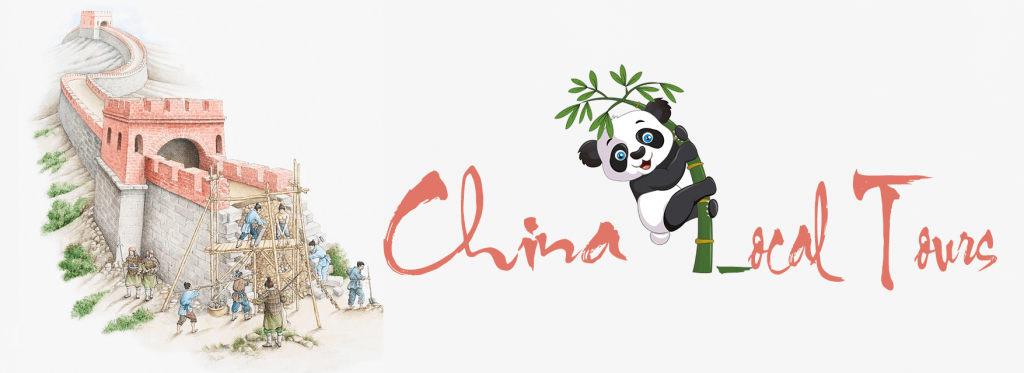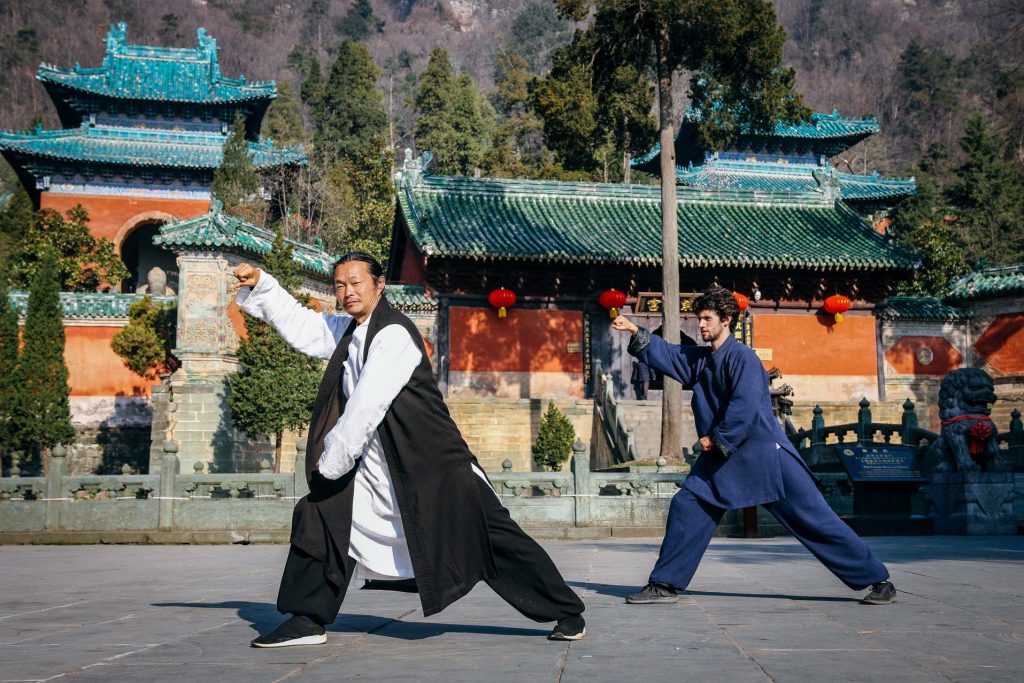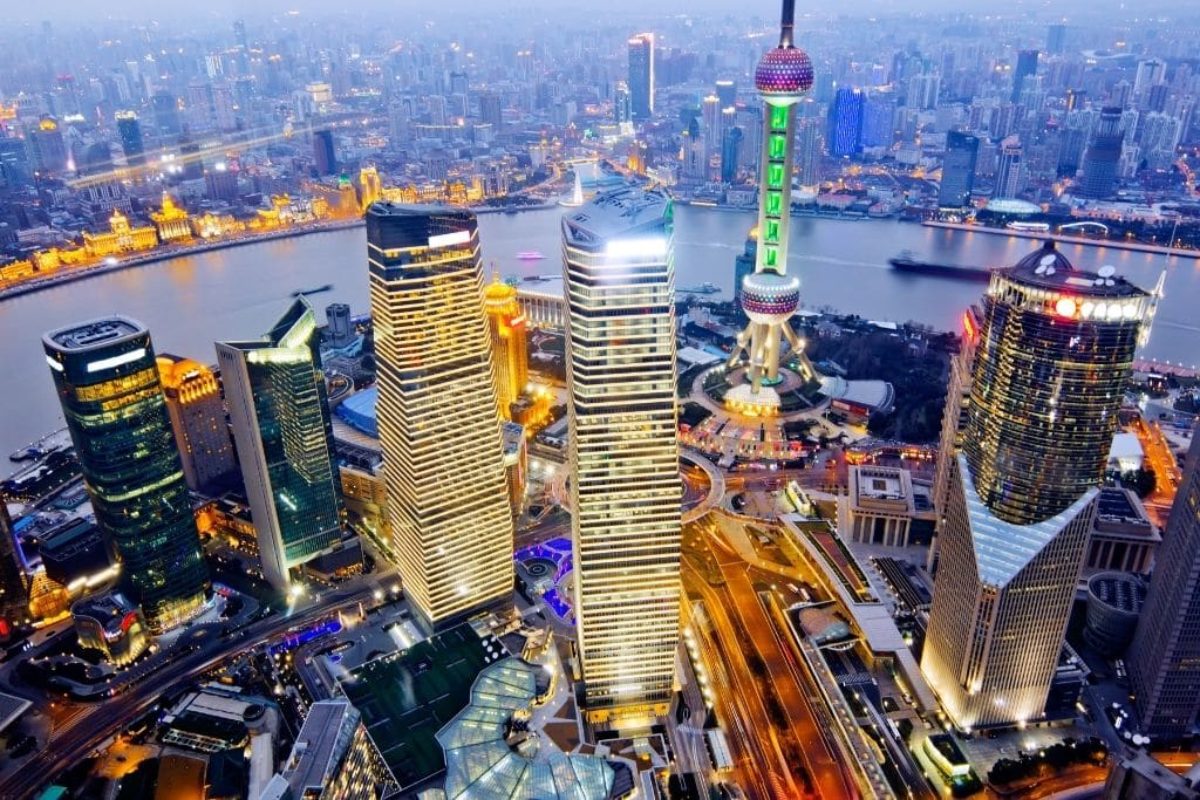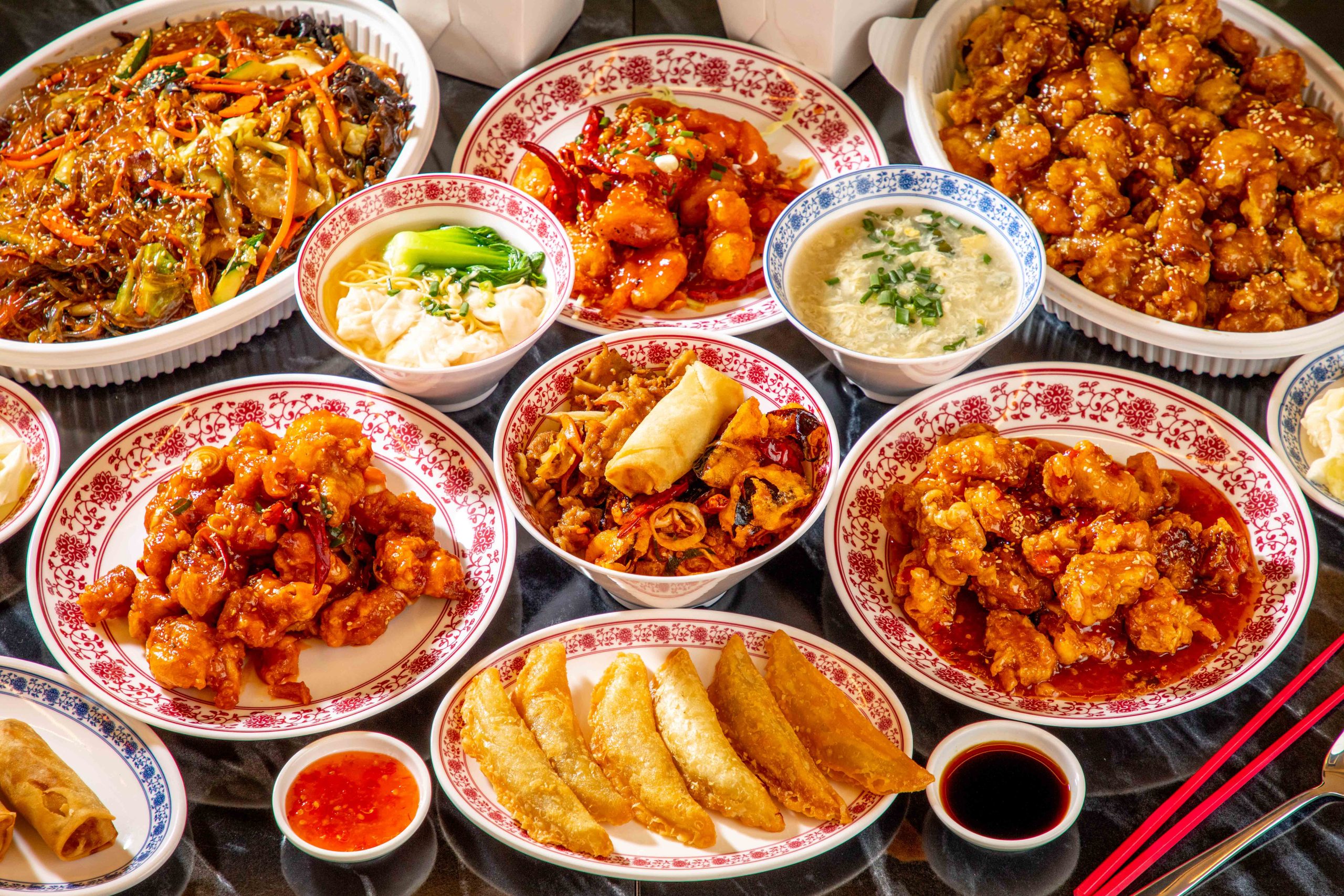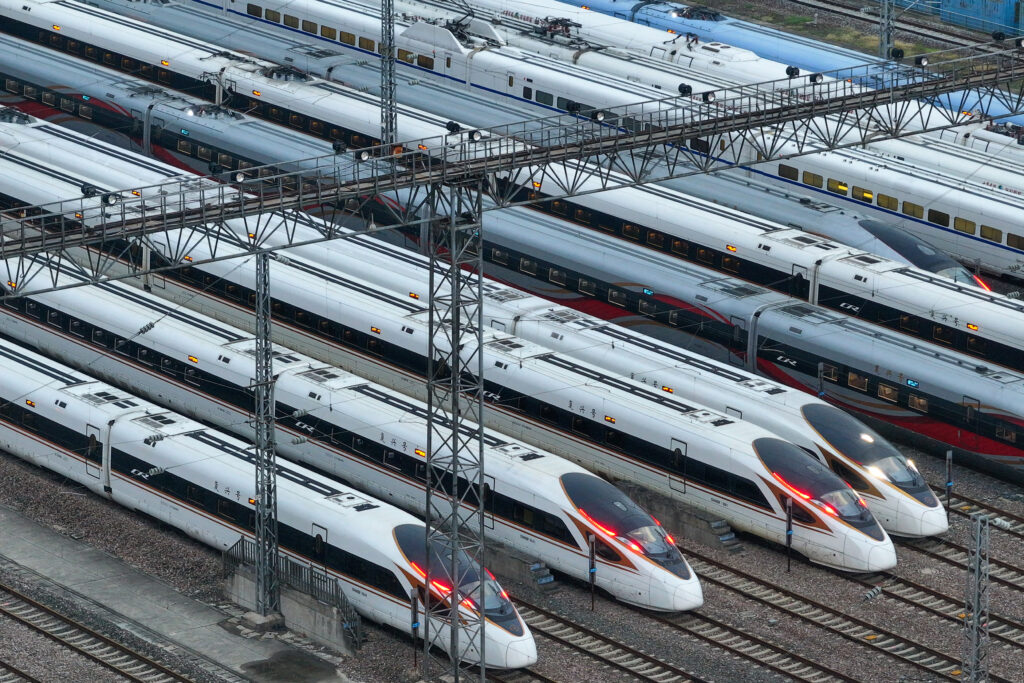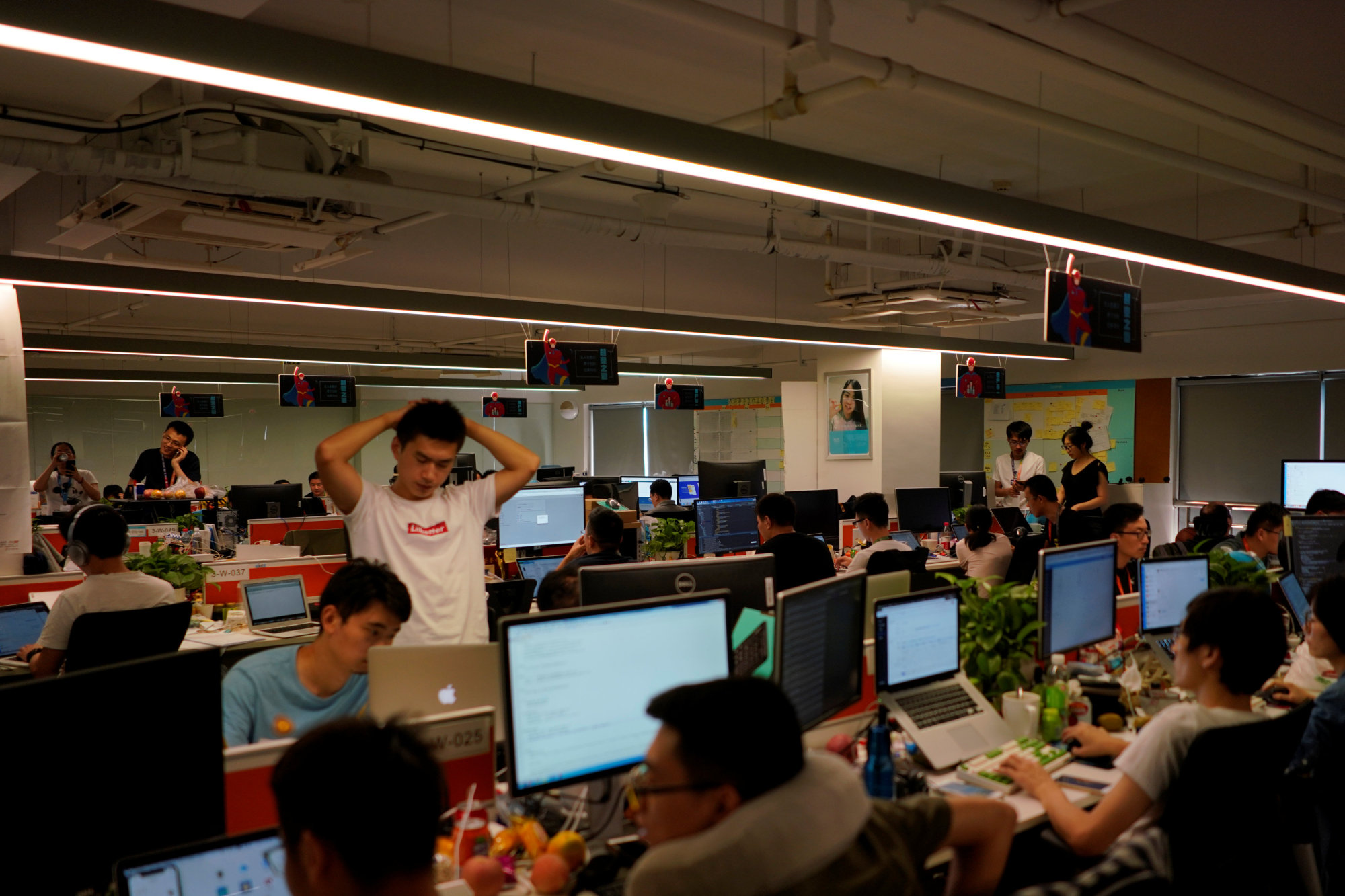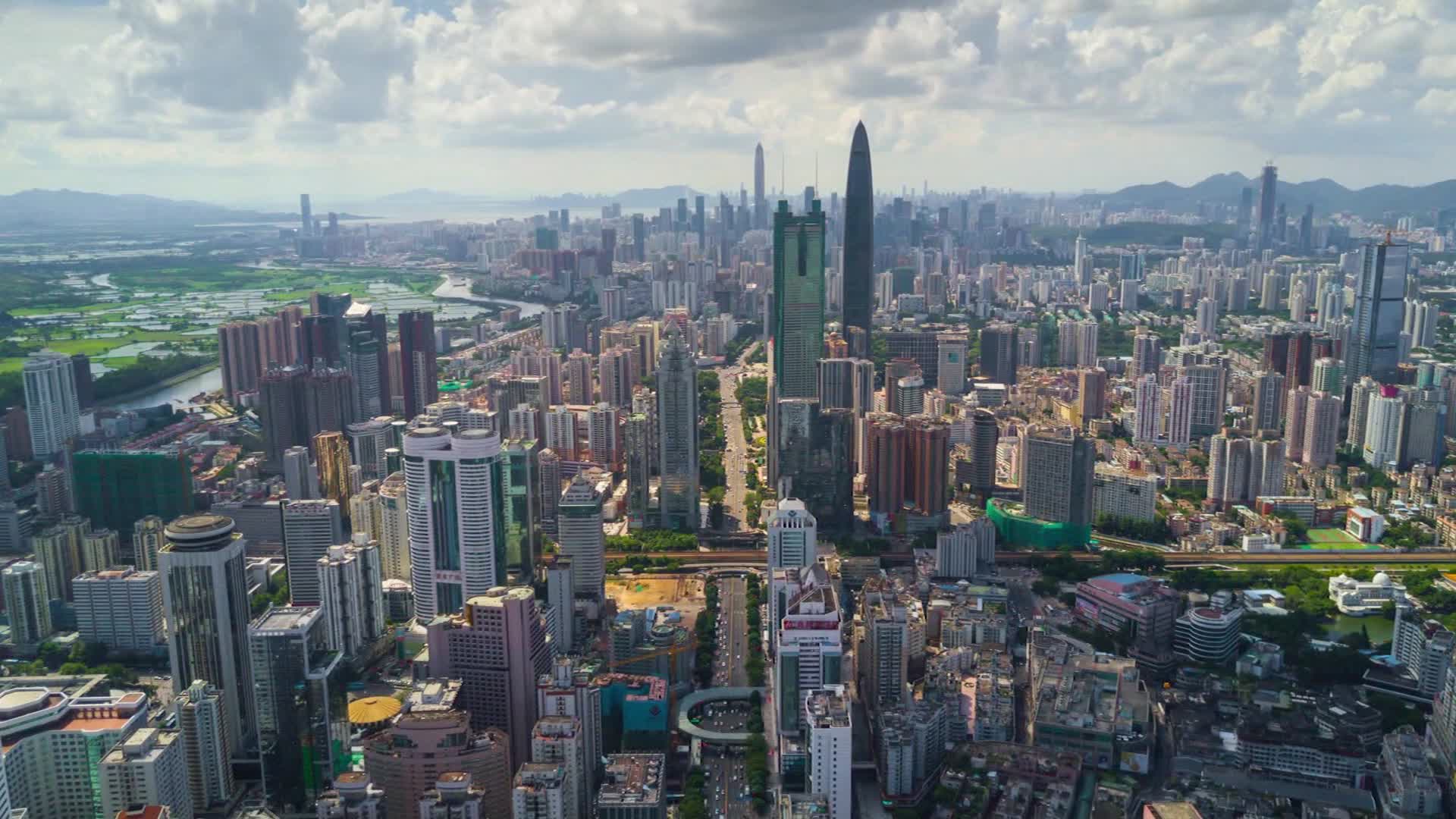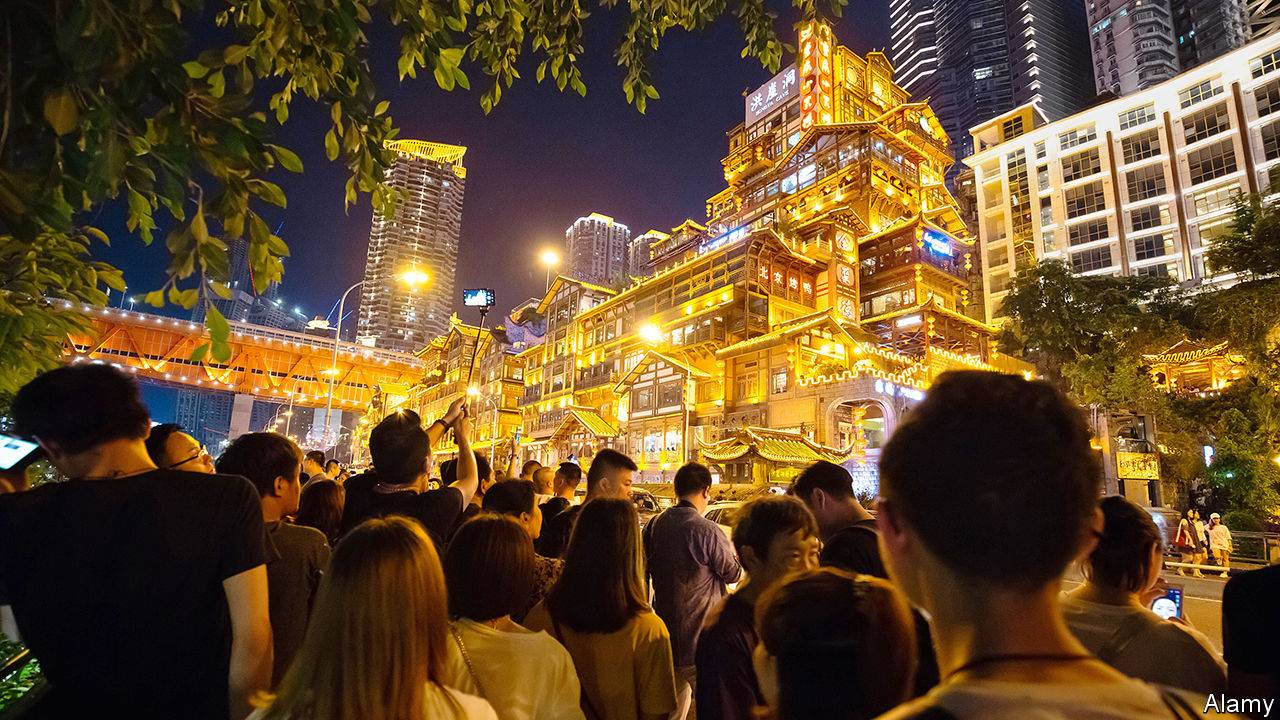Living in China offers a unique blend of ancient traditions and cutting-edge modernity. With its vast size, diverse regions, and population of over 1.4 billion people, the daily life of someone living in China can vary significantly depending on the location, lifestyle, and personal circumstances. From the bustling streets of Beijing to the serene countryside of rural provinces, China provides a rich and dynamic environment for both locals and expatriates. In this article, China Local Tours offers a glimpse into daily life in China, exploring aspects like culture, food, transportation, work, and the evolving landscape of Chinese society.
The Cultural Landscape: A Mix of Tradition and Modernity
One of the most striking things about living in China is the blend of deep-rooted traditions and rapid modernization. Chinese culture is thousands of years old and continues to play a central role in daily life. Festivals like Chinese New Year, the Mid-Autumn Festival, and the Lantern Festival bring families together, with traditions such as dragon dances, lantern displays, and the consumption of symbolic foods.
At the same time, China is home to some of the world's most modern cities, such as Shanghai, Beijing, and Shenzhen, where skyscrapers, high-speed trains, and cutting-edge technology dominate the skyline. These cities are global economic hubs, and their residents often live fast-paced, tech-driven lives. Young professionals are particularly influenced by global trends, while also embracing Chinese customs and values like filial piety (respect for one’s parents) and community-mindedness.
The contrast between tradition and modernity is also evident in the home life of many Chinese families. While many people still practice traditional Chinese medicine and celebrate time-honored festivals, many younger generations are deeply influenced by Western media, fashion, and lifestyle.
Food Culture: A Culinary Adventure
Food is one of the defining elements of daily life in China. Chinese cuisine is incredibly diverse, with each region offering its own specialties and flavors. Meals are often shared, fostering a sense of community and family bonding. Dining in China is more than just eating; it's an experience that brings people together.
- Breakfast is often a hearty affair. In cities, you'll see people grabbing baozi (steamed buns filled with meat or vegetables), jianbing (savory crepes), or congee (a rice porridge) from street vendors. In more traditional homes, a bowl of congee paired with pickled vegetables, eggs, and tea is common.
- Lunch is the most significant meal of the day, and it’s usually served with rice or noodles, accompanied by several dishes that can include meat, seafood, tofu, and plenty of vegetables. A variety of dipping sauces, spices, and oils are used to elevate the flavors.
- Dinner is another social event, often more elaborate than lunch. Hotpot, a communal meal where ingredients like vegetables, meats, and tofu are cooked in boiling broth, is a popular choice, especially in the colder months. Sichuan-style hotpot, known for its bold, spicy flavors, is a favorite for many.
Additionally, street food plays a major role in everyday life. From skewers of grilled meat to dumplings, fried rice, and steamed buns, street food is cheap, quick, and a reflection of the local culture.
While the food culture can be exciting and rich, adapting to it may be a challenge for foreigners. For example, the Chinese are known for using a variety of ingredients that might be unfamiliar, such as offal (organ meats), fermented tofu, and unusual vegetables. Yet, for many expatriates, food is one of the most enjoyable aspects of living in China, as it offers an opportunity to explore the country’s culinary traditions.
Transportation: Navigating a Country of Contrasts
China's transportation system is vast and varied, reflecting the diversity of the country’s landscapes and the rapidly growing economy. How one gets around in China depends greatly on whether they live in a large metropolis or a smaller town.
In major cities like Beijing, Shanghai, and Guangzhou, the public transportation system is modern, efficient, and affordable. The subway is the most popular mode of transport in these cities, and lines are extensive, clean, and easy to navigate, with signs in both Chinese and English. In addition to the subway, there are also bus systems, shared bikes, and electric scooters widely available.
For longer distances, high-speed trains are a fast and reliable way to travel. The high-speed rail network in China is the largest in the world, making travel between cities like Beijing, Shanghai, and Xi’an convenient and affordable. Trains are known for their punctuality, and the journey is comfortable, with amenities like free Wi-Fi and onboard food service.
In smaller cities or rural areas, however, transportation options might be less frequent. Public transport may consist of local buses, and taxis may be harder to find, although services like Didi Chuxing (China’s version of Uber) have become increasingly popular in many areas, making getting around much easier. For those living in more remote regions, bicycles or electric scooters are common for short trips.
Despite the convenience of public transport, one of the biggest challenges of daily life in China is traffic congestion. In large cities, roads can be very crowded, especially during rush hour, and air pollution can make daily commutes difficult, particularly in winter when coal heating is used more widely.
Work-Life: A Fast-Paced, High-Pressure Environment
The working culture in China tends to be fast-paced and often demands long hours. In cities like Shanghai and Beijing, the competitive job market means employees frequently work beyond the standard 9-to-5 schedule. Many workers in corporate sectors follow the "996" work culture, which refers to working from 9 AM to 9 PM, six days a week. However, this grueling schedule has sparked debates in China, especially in the tech sector, where younger employees are voicing concerns over burnout.
In contrast, employees in smaller cities or in government positions may experience a more relaxed pace of work. The cultural expectations around work are heavily influenced by Confucian values, which emphasize hard work, respect for authority, and loyalty to one’s employer.
Despite these challenges, the work-life balance is increasingly important to Chinese professionals, and many young people are seeking more flexibility and opportunities for leisure. The rise of freelance work, remote jobs, and entrepreneurial ventures reflects this shift toward prioritizing quality of life over the traditional work grind.
Living Spaces: Urban Life and the Rise of Modern Housing
The rapid urbanization of China has transformed the housing market, with many people now living in high-rise apartments in bustling cities. For middle-class families, living in a city often means having access to top-tier amenities like shopping malls, entertainment venues, and health facilities.
In larger cities, apartments are often compact but well-equipped with modern conveniences. Due to the high cost of housing in major cities, many young professionals share apartments, or they live in smaller, more affordable units located on the outskirts of the city.
In contrast, those living in rural areas often reside in traditional-style homes, with more space but fewer amenities. These areas typically offer a quieter lifestyle, although the modernization of small towns is starting to take hold, with the construction of modern apartments and infrastructure.
Social Life and Entertainment: From Karaoke to Digital Life
Social life in China tends to revolve around group activities and family gatherings. In larger cities, many people meet up with friends at karaoke bars (KTV), tea houses, or casual restaurants, where eating and drinking are central to socializing. The Chinese also have a deep love for mahjong, a traditional game that often takes center stage during family reunions and social gatherings.
China’s digital landscape has dramatically changed the way people socialize and entertain themselves. WeChat, the all-in-one messaging and social media app, is the central hub for communication, socializing, and even making payments. Young people are active on Douyin (the Chinese version of TikTok), and live-streaming, video sharing, and online shopping are immensely popular pastimes.
The rise of e-sports and online gaming is also a big part of the social scene, with younger generations embracing this global trend. Cinemas, shopping malls, and other entertainment venues are popular as well, especially during holidays or after work.
Health and Wellness: Embracing Traditional and Modern Practices
In China, maintaining good health is a combination of traditional wisdom and modern medical practices. Many people incorporate Traditional Chinese Medicine (TCM) into their daily routine, using herbs, acupuncture, and other practices to promote health and prevent illness.
In major cities, fitness centers and yoga studios are increasingly popular, with many young people making health and wellness a priority. However, concerns about air pollution can affect the outdoor lifestyle, particularly in cities where the air quality can be hazardous.
Conclusion: Living in China – A Unique Experience
Living in China offers an exciting and sometimes challenging experience. The country’s rapid development, rich culture, and evolving work-life balance create an environment that is constantly changing. Whether you’re living in a megacity or a rural town, China offers something for everyone, from its dynamic food culture to its growing emphasis on environmental sustainability and tech innovation. While it may take time to adjust to the pace and cultural differences, the rewards of living in one of the world’s most fascinating countries are plentiful.
